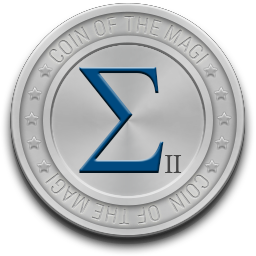Fair distribution
The typical constant block reward has raised profit-driven hardware competition race, and concern of the global energy consumption; in particular the construction of powerful hardwares is changing the decentralized and more open nature of cryptocurrency. The increase of block rewards with increasing network difficulty at the initial mining stage allows individual miners to gain nearly equal amount of coins.
Solely increasing reward despite the difficulty can drive miners towards building more powerful equipment as well. This therefore needs the mining discouraging phase. The relationship between mining costs and returns in consistence with economics should be the guideline to achieve the goal. We assume this is valid. For example, one who has powerful equipment and hence high cost as well will expect commensurate returns; otherwise, the cost must be reduced by reducing the usage of equipment. The efficiency of discouraging mining activities is fully determined how fast the rewards decline with difficulty (at the high difficulty range). It should be noted that self-adjustment of network difficulty in accordance with rewards is affected by both the reward declining rate and the market place of the cryptocurrency. One can build up more powerful equipment to compensate the declining rewards. A much faster declining rate will disable any possibility of acquiring desired rewards by simply building more hashing
power. In the above figure, the maximum block reward is available at Diff = 1.75 (I) (or ~40 MHash/s). The reward is halved when Diff = 2.20 (or ~51 MHash/s) (II), and equals to 1/10 of the maximum value at Diff = 2.37 (or ~55 MHash/s), at which the low rewards will be lack of incentive to the miners.
